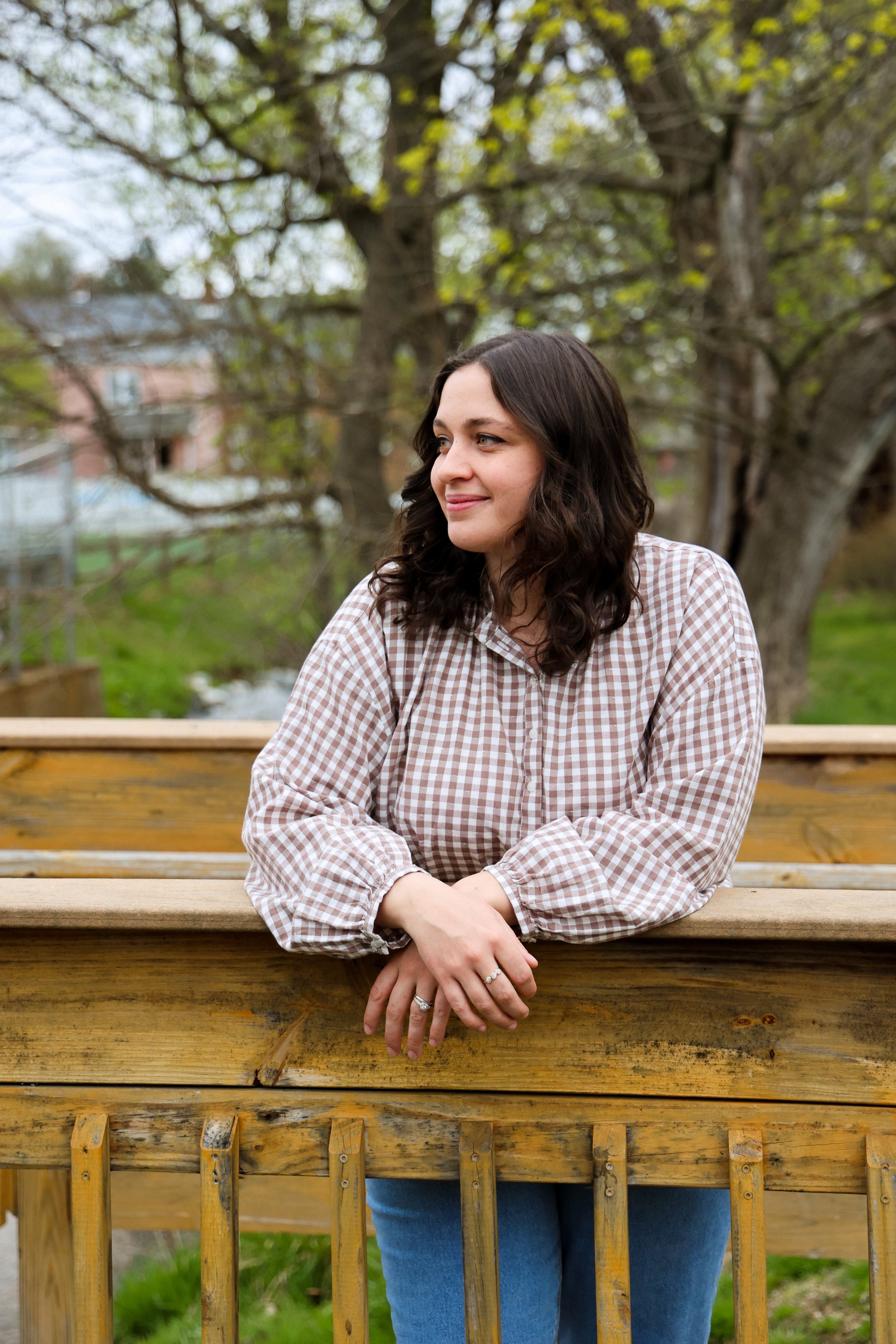The Wheel of the Year: A Framework for Soulful, Seasonal Living
As seasonal living has become more of a priority in my life, I’ve come to see spring, summer, autumn and winter not as four, static, monoliths but a succession of mini seasons that blend and circle around each other. I live in a place where there are truly four seasons, from hot, humid summers to frosty, cold winters. The spring of late March is vastly different from the spring of mid April or even early May.
This is part of what initially drew me to the Wheel of the Year. As a gardener, I had already started paying attention to the first day of spring and the first day of autumn that bookend the growing season. The Wheel of the Year is a seasonal calendar that represents the annual cycle of the solstices, equinoxes and the midpoints between them. It’s become a cherished part of my own spiritual life and was the inspiration behind creating my Midseason Journal as well as my Cross Quarter Club.
Rooted in ancient Celtic traditions, the term Wheel of the Year was coined by neo-pagans in the mid-1960’s to give a sense of order and cohesion to the diverse, regional, agrarian-based festivals observed across pre-Christian Europe. Whereas the Gregorian calendar illustrates a linear year, starting in January and ending in December, the Wheel of the Year depicts time as continuous and cyclical – with an invitation to pause every six weeks to mark the passage of time in relation to what is happening in the natural world. Celebrating these seasonal shifts is non-dogmatic and something that anyone can do, no matter your religion or faith tradition.
Living with the seasons belongs to everyone.
As a descendent of European settlers to America, the Celtic-inspired Wheel of the Year resonates with me. Depending on your cultural heritage, where in the world your ancestors were from, and where you live now, you may have a natural affinity with other holy days and ritual traditions. But all across the world, whether in a region that experiences four distinct seasons or where shifts in weather are tied to monsoonal flow patterns, we all reside on the same planet Earth whose tilted axis and orbital movement around the sun creates cyclical patterns in the living world around us. From the dawn of humanity, our hunter-gatherer-forager and early farming ancestors’ survival depended on attunement with the seasons in a very visceral way.
Living in close connection with the seasonal cycles of nature is a part of our universal shared heritage as humans.
Within the Wheel of the Year framework, there are eight festivals, or Sabbats. The four quarter days are Yule (Winter Solstice), Ostara (Vernal Equinox), Litha (Summer Solstice) and Mabon (Autumnal Equinox). Between each quarter day are the cross quarter days — Imbolc (midwinter), Beltane (mid-spring), Lughnasadh/Lammas (midsummer) and Samhain (mid-autumn). Each festival day has it’s own rich and diverse history that I invite you to explore further yourself. At the end of this post, I’ve included some recommended resources to get you started!
Samhain
October 31st, All Hallow’s Eve (root of modern day Halloween), the final harvest festival of the farming year
Yule
The Winter Solstice, December 20th-23rd (depending on the year), tied to secular origins of Christmas and marks the shortest day of the year, after which the daylight hours begin to lengthen again
Imbolc
February 1st-2nd, the midpoint between the Winter Solstice and the Spring Equinox, connected to Groundhog’s Day and tied to the themes of rebirth and purification, looking ahead to the coming of spring.
Ostara
The Spring Equinox, March 20th-23rd (depending on the year), a time where the hours of daylight and darkness are equal, a traditional feast day across many cultures celebrating spring the fertility of the earth.
Beltane
April 30th -May 1st, the midpoint between the Spring Equinox and the Summer Solstice, continued in celebrations of May Day, tied to themes of light, fertility and the coming of summer.
Litha
The Summer Solstice, June 20th -22nd (depending on the year), marking the longest day of the year and the peak of the growing season, after which the days would begin to shorten again
Lughnasadh/ Lammas
August 1st, the midpoint between the Summer Solstice and the Autumn Equinox, celebrated in some Christmas calendars as Lammas Day (from “Loaf Mass”) celebrating the first fruits of the harvest
Mabon
The Autumn/Fall Equinox, September 20th-23rd (depending on the year), a time where the hours of daylight and darkness are equal, the second harvest festival and a time for gratitude and reflection
This pace and rhythm of marking time speaks to something deep in my bones. I don’t remember exactly where I first learned of the Wheel of the Year, but I know it was near Imbolc a few years ago. Since then I’ve observed each Sabbat by spending time learning about it’s history and feeling out how I would like to celebrate it in my own life.
I am very much a student and not a teacher in this. There is no one right or wrong way to bring these earth-based traditions into your own spiritual life and practices. But I’m willing to share my own experiences if that helps someone else discover their own way on this path.
Resources and teachers for learning more:
World History Encyclopedia: Wheel of the Year
Farmer’s Almanac articles on Winter Solstice, Summer Solstice, Spring Equinox, Fall Equinox, Lammas
Old Farmer’s Almanac: What are the Quarters Days and What Do They means?
This post first appeared as the introduction to the Spring 2022 edition/ issue of my Midseason Journal. You can find the collection in its entirety, here.



